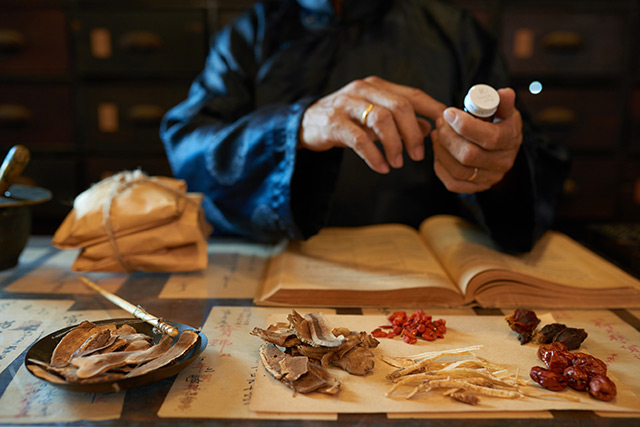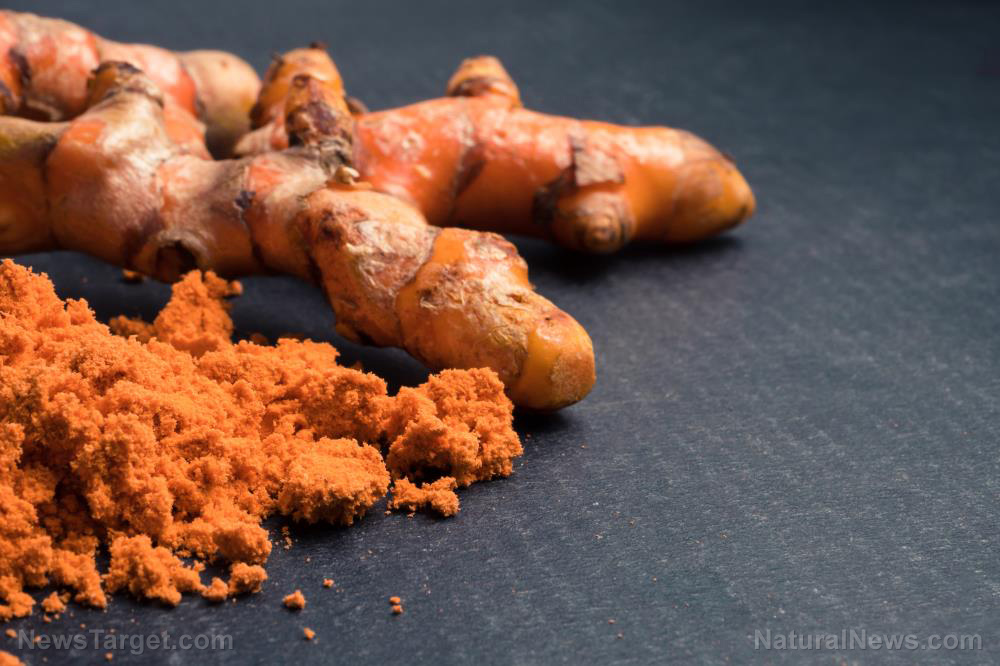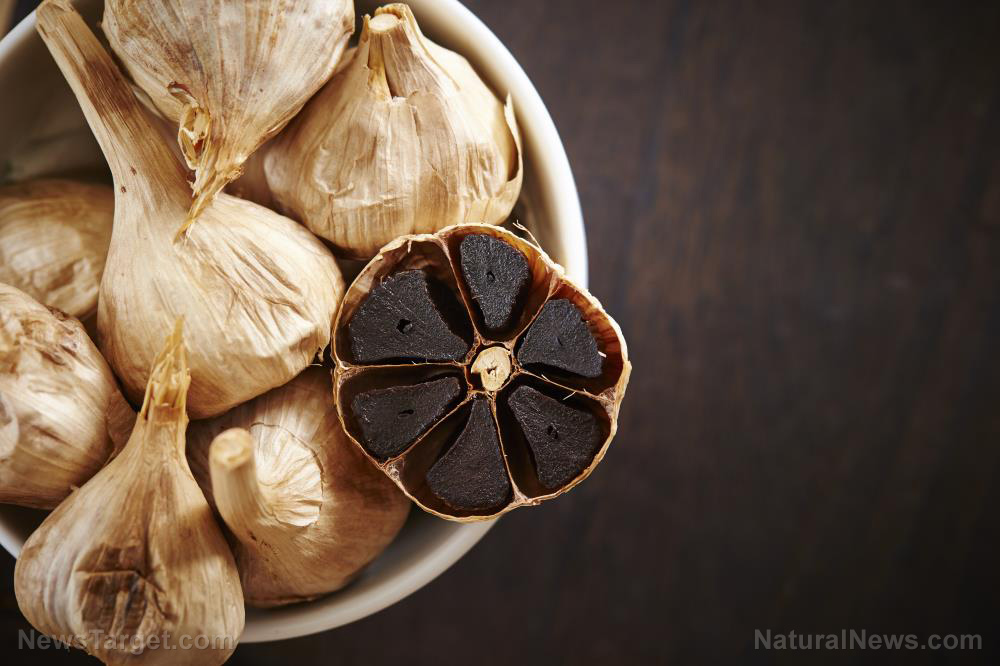Scientists find that tansy essential oil can be a potential natural remedy for E.coli and Staph infections
11/16/2018 / By Ellaine Castillo

Tansy (Tanacetum vulgare) is rich in phytochemicals that are responsible for various biological activities. However, not all tansy essential oils are created equal. Extracts derived from plants in different regions have variations in their phytochemical content. Because of this, it is possible that the different pharmacological uses of tansy essential oil can’t be observed in all samples. In this study, which was published in Medicines, the researchers identified the different phytochemicals present in tansy essential oil from Quebec. They also determined the different biological activities of the extract and associated them with the identified compounds.
Traditionally, tansy is used for its different biological activities, which include antihelminthic, antihypertensive, antispasmodic, antidiabetic, diuretic, anti-inflammatory, antioxidant, and antibacterial activities. However, its use as a natural remedy is not as prevalent in modern herbal medicine compared to other essential oils. The pharmacological uses of tansy can be attributed to the presence of flavonoids, parthenolide, and phenolic compounds. Regional variability in the phytochemical content will therefore affect biological activities of tansy essential oil. Because of this, it is important to identify which specific compounds are responsible for these activities.
In this study, the researchers determined the complete phytochemical profile of tansy essential oil. From this, they were able to determine that the most abundant compounds are camphor, borneol, and 1,8-cineole. Aside from these, the essential oil also contained camphene, bornyl acetate, alpha-pinene, caryophyllene oxide, and alpha-humulene but at significantly lower levels.
The researchers also evaluated the antibacterial, anti-inflammatory, antioxidant, and cytotoxic activities, through in vitro experiments. They observed that extracts were effective against Staphylococcus aureus and E. coli. This is an important discovery because of the rising problem of methicillin-resistant S. aureus (MRSA) infections that cannot be treated with common antibiotics. Tansy essential therefore has potential use for treating MRSA infections. Majority of the observed antibacterial activity was attributed to caryophyllene oxide. The researchers also observed potent anti-inflammatory and antioxidant activities which were attributed to the presence of alpha-humulene and alpha-pinene. It was also the first time that cytotoxic activity of tansy essential oil against colorectal cancer cells was observed.
Based on the results, it can be determined that the bioactive compounds in tansy essential oil are responsible for its anti-inflammatory, antioxidant, cytotoxic, and antibacterial activity. With further studies, tansy can be developed into a potential treatment for MRSA. (Related: MRSA bacteria called a worse health threat than SARS or bird flu.)
Other essential oils with antibacterial activity
Essential oils have been deemed as “the new antibiotics” because their potent antibacterial activity makes them good alternatives to antibiotics that are now becoming ineffective. Examples of essential oils that can treat bacterial infections include the following:
- Tea tree — This ancient remedy is a known antiseptic that’s commonly used for treating burns, cuts, and scrapes. There are many different ways to use tea tree oil. It can be combined with white vinegar, water, and lemon to make household disinfectant or it could also be used as a toothpaste when mixed with baking soda.
- Grapefruit — The antibacterial activity of grapefruit essential oil is effective against S. aureus, salmonella, and E. coli. Unlike other essential oils, grapefruit can be ingested so you can use it by adding a few drops to your water. It can also be mixed with a carrier oil then applied on wounds to prevent infection. But if you decide to use grapefruit essential oil on your skin, make sure to use sunblock since citruses increase sensitivity to the sun.
- Eucalyptus — Eucalyptus essential oil is commonly used for treating the common cold but aside from this, it can also remedy food-borne diseases caused by Gram-positive and Gram-negative bacteria. Use this by adding it to your bath or placing it in a diffuser.
Discover more ways of using essential oils at EssentialOils.news.
Sources include:
Tagged Under: alternative medicine, anti-inflammatory, antibacterial, antioxidant, cytotoxic, E. coli, essential oil, infectious diseases, mrsa, remedies, Staphylococcus aureus, Tanacetum vulgare, tansy, tansy essential oil




















